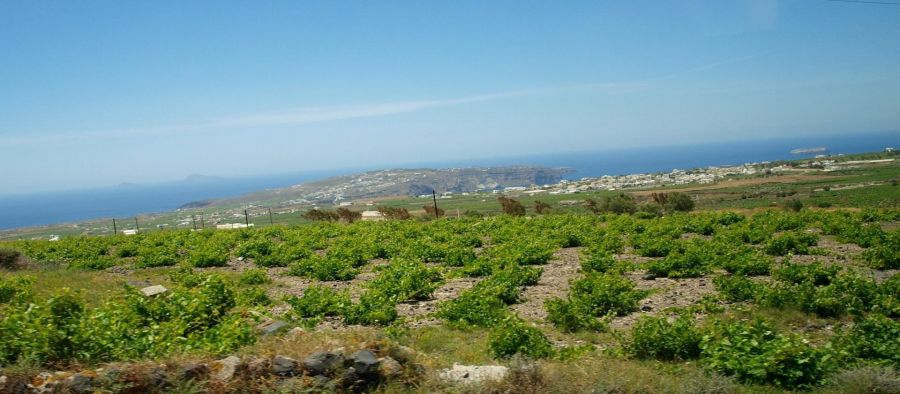Aegean Islands
Aegean Islands Wine Regions, its Climate, and Popular Grape Varietals

The Aegean Islands, which include the islands of Crete, Rhodes, Samos and Santorini, have historically been an important wine-producing region in Greece. The Aegean Sea covers an area of more than 83,000 square miles, and grape vines can be found on every single inhabitable island of the Aegean.
By far, the most famous wine-producing island is Santorini, which is renowned for its dry, minerally white wines made from Assyrtico. Another grape varietal that is popular in the Aegean is Malvasia. As far back as the Middle Ages, sweet Malvasia wines were exported across Europe.
As might be expected, the Aegean Islands have a mild, dry Mediterranean climate. Due to the winds that can blow across the islands, many of the vines are grown close to the ground. In addition, the Aegean Islands are known for steep terraces cut into the mountainside, known as pezoules, that help to protect the vines.
The islands are known as much for their tourism appeal as for their white wines. In the minds of many tourists to Greece, the blue and white buildings of the isles, set into the surrounding hillside, provide a perfect backdrop to enjoy a glass of Greek wine.
Each island has one grape varietal that is favored above the rest. Santorini is known for Assyrtico, while Limnos and Rhodes are known for Muscato and Crete is known for its pale red wines.
Wine production in the Aegean dates back to the year 5000 BC and the Minoan civilization on Crete. The Greek poet Homer also wrote about the wine trade in the Aegean.
Image Source: wikimedia.org

























